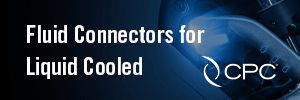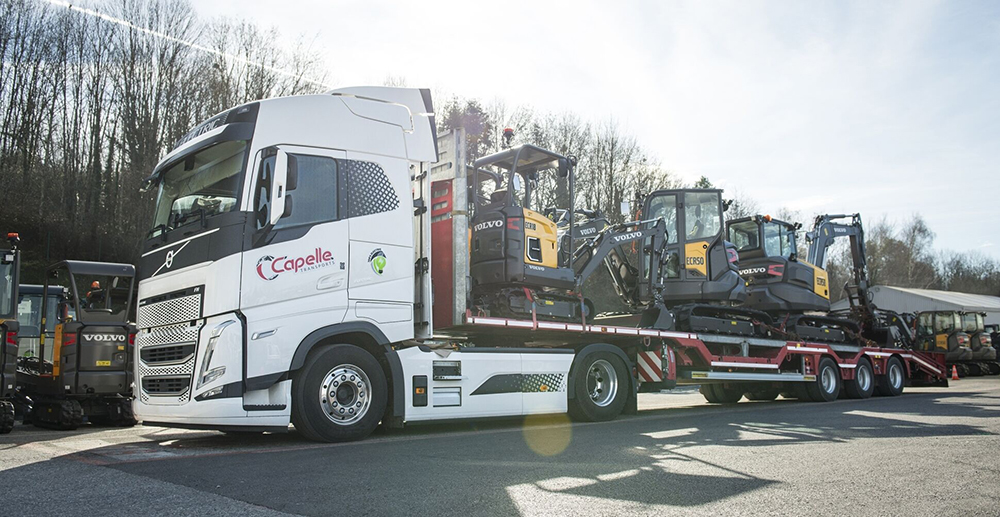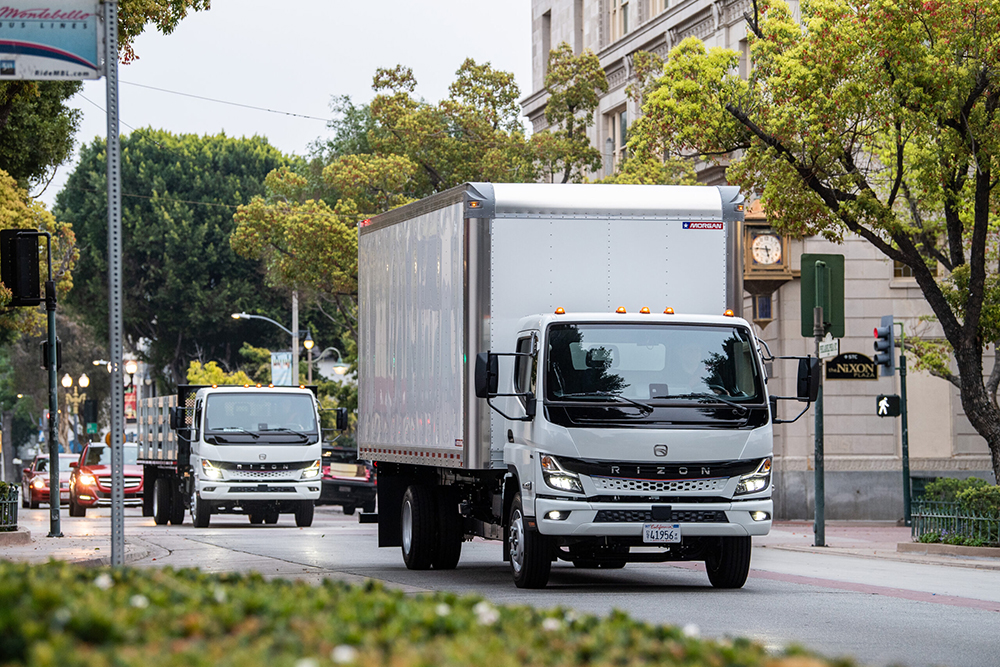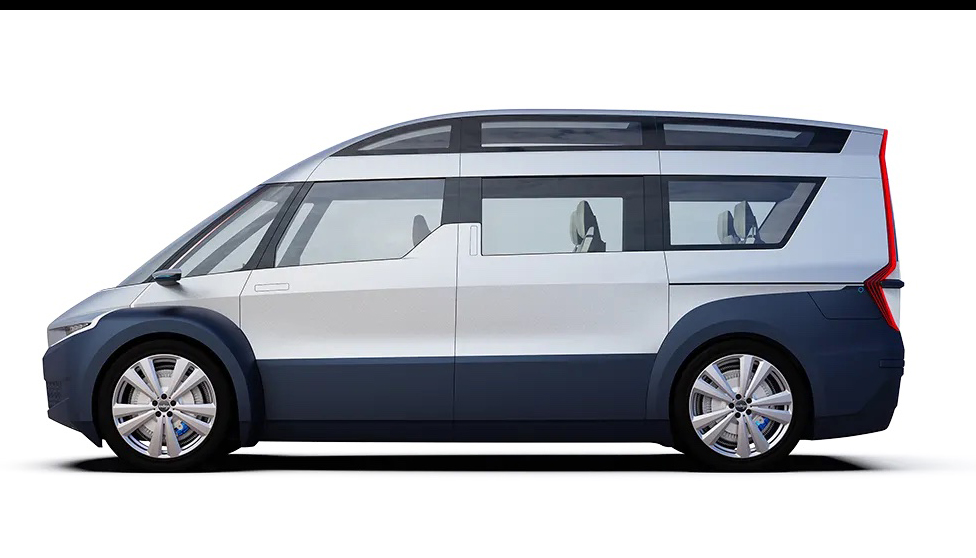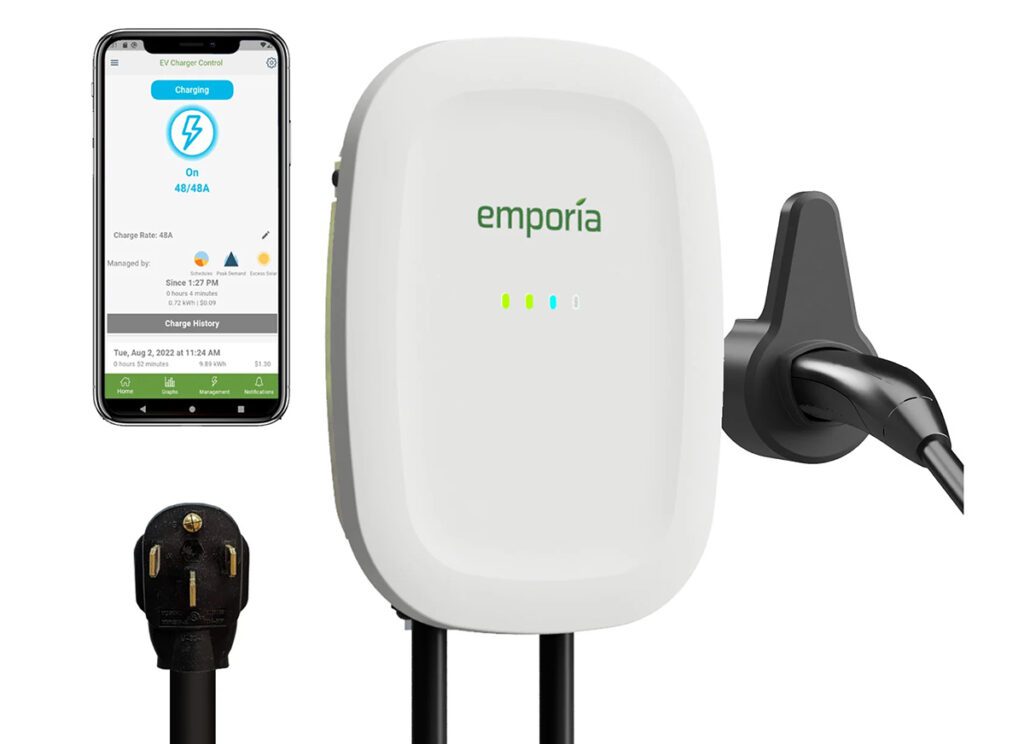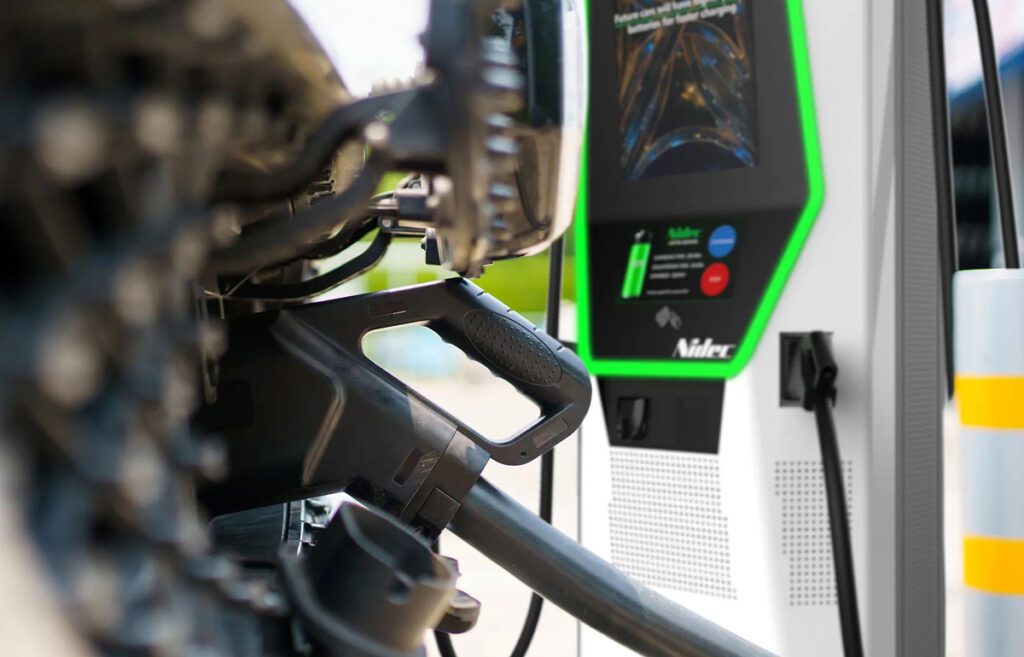In the past few decades, the automotive industry has seen a shift from traditional mechanical systems to a world dominated by electronics, chips and software. If you go to a car show and look in the engine compartment of an older vehicle, you’ll see only a handful of connections from the cockpit. Modern vehicles, however, are built with an incredible amount of wiring harnesses and upwards of 20 million lines of code residing onboard.
In addition to the electronics and software systems, there is now an automotive convergence with the telecommunications and energy industries that’s bringing a whole new layer of complexity to the cars hitting the road.
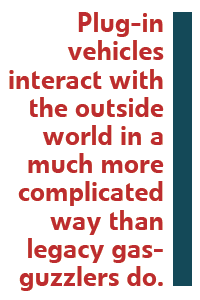

This merging of industries presents a new set of challenges for OEMs in terms of how they test and validate their systems. Plug-in vehicles, for example, interact with the outside world in a much more complicated way than legacy gas-guzzlers do. The automakers now need to work with many infrastructure providers and hardware partners to be certain that a newly launched vehicle works flawlessly in many different environments.
A car maker also needs to have a completely different set of talents within its organization – talents like software, computer and electronics engineering, which are in high demand in today’s digital age.
“There is a scarcity of talent and a new way of thinking within automotive, so OEMs have to adapt their traditional processes and development cycles,” explained David Woessner, Senior Executive Advisor at P3 Group. “It’s a completely different set of engineering skills that now has to be integrated into a vehicle.”
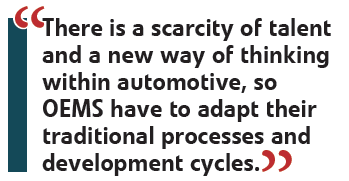

Infrastructure testing
Of particular interest to Charged readers is the 100-plus-person team working on eMobility projects [eMobility is a German term describing new mobility concepts based on electrified vehicles]. One of the projects, known internally as Charging Validation Performance Testing, is helping the OEMs eradicate the problem of EVSE interoperability.
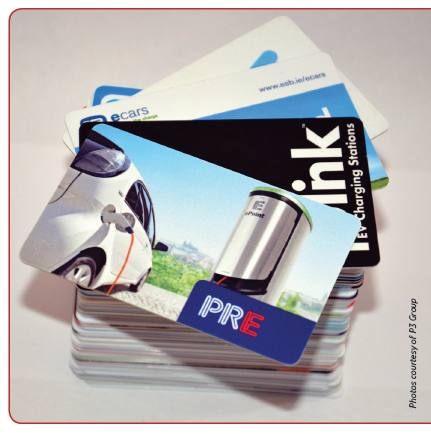

“When automakers introduce a plug-in car to a new market, they cannot be sure how it will cope in this environment, because every charging station and every public utility is different,” explained Erol Gürocak, Senior Consultant at P3 Group, who leads the company’s Charging Test business. “After all, this is the first time that cars are interacting with infrastructure, and the first time players from these three industries are coming together: utility companies, EVSE manufacturers and automakers.”
Of course, there are specifications and norms that everyone is supposed to follow to avoid interoperability issues. However, in the first iteration of any new technology there are inevitably bugs and unpredictable variables that need to be worked out.
“In real life, we’ve found that they’re not working together in every case. This is why we started this project,” said Gürocak. “We test from a user’s perspective what happens if you try to charge a new EV in all possible environments.”
In validation projects with different OEMs, P3 has put three plug-in models through the wringer. The comprehensive testing regime starts with a new vehicle that is very close to market, about three to six months before its launch.
The projects, which span Europe, Asia and North America, are divided into two parts: public and private charging. Each one puts about 60,000 km on a brand-new vehicle. The last vehicle was tested at about 1,200 charging stations.
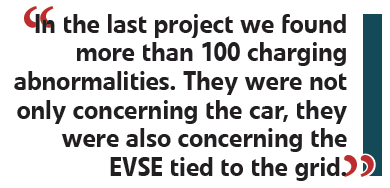

One of the biggest challenges in charging station interoperability is the large number of different providers of EVSE hardware worldwide. In Germany alone, there are about 60 providers for about 2,500 charging stations. “All of them are different in a way,” said Gürocak. “For example, there is a specification for the communication between the charging stations and the car, and we found many failures of the EVSE to provide the right signals. The car couldn’t get the right information about things like the available power, and as a consequence, didn’t start charging at these stations.”
The team also tested many different aspects of authentication, like what happens to a session when charging is delayed by the car, and whether public charging can be interrupted when another user swipes their RFID card.
They also found a few unique problems. For example, in some cases the EVSE couldn’t be physically connected to the car, not because of the shape of the plug and socket, which are well-defined in the specifications, but because of the shape of the connector’s handle. “It’s not set in the norm what the handle should look like,” explained Gürocak. “Sometimes there is a problem because the handle is bent in such a way that you could not connect it.”
Grid quality
For a complete understanding of every charging environment, P3 developed its own unique testing equipment. Beyond the car and the EVSE, the quality of the grid – i.e. current and voltage – is an important factor. “We have to ensure that the car can handle the real voltage and current, which are much more ‘dirty’ and complex than just a sinus signal,” explained Gürocak. “We test them all together, because with all the signals to compare to each other we have the opportunity to say whether the failure was caused by the grid, station or car.”
For example, one test completed in Italy was next to a train station, and every time a train came in, the grid quality got very poor. “At these moments, only when the train entered, we measured ripples on the grid and on the CP-signal that comes from the charging station that tells the car the state at the moment – can I charge or can I not charge. These ripples made the CPU signal so bad that the charging stopped.”
In the end, the car manufacturer has to add filters, so if this happens, it does not influence the charging.
Test cases
At every charging station, three different tests are being performed. First, P3 examines the quality of the grid – the frequency, possible harmonic problems, etc.
Next, the engineers run through a series of charging test cases. The company has over 150 different test cases that it has compiled for different scenarios. For example, it tests the charging features that OEMs build into the car, like timed or delayed charging. “This is when someone says ‘I would like to start charging at 8 pm,’ or ‘please charge when the rate is the cheapest, because I have ten hours before I have to leave with the car but only need six hours of charging,’” explained Gürocak.
This case is tested at every station, and the company reports a lot of failures associated with session identification. “Often, you lose the identification with the station if you don’t start charging immediately.”
Not all of the 150 test cases need to be run at every station, because they quickly found out which charging stations and providers always worked in certain cases and which displayed problems.
Finally, after the grid quality and test cases, the charging station itself was tested. The teams documented: How long will there be identification when you start the process? When exactly will it end? and Is the HMI functioning properly?


The fix
Part of P3’s mission in these projects is to work with EVSE companies to solve the problems, because some of the failures can’t be fixed on the vehicle side alone. Ultimately, the producers of EVSE and the vehicle OEMs need to work together to hone the specifications.
P3 explains that today’s plug-in vehicles are built with robust control units to account for the many variations found when charging in the real world. But this robustness is expensive. “In the future these control units will be much closer to the value set in the norm,” said Gürocak. “But at the moment the cars need to handle abnormalities in the charging stations. Eventually, the OEMs and the EVSE manufacturers have to work together to solve interoperability problems.”
It’s getting better all the time
Exhaustive testing in the automotive world is extremely important, because customers have become accustomed to vehicles that work seamlessly in all environments and run for well over a decade. For the EV industry to thrive, it must meet or exceed that expectation. Customers won’t care what caused the car to stop charging – all they will see is that their new EV doesn’t work.
Fortunately, P3 reports a noticeable decrease in interoperability issues over time. “There is already a lot of work that has been done to solve some of the early problems,” said Gürocak, “but there is more to do on all sides.”
This article originally appeared in Charged Issue 12 – FEB 2014


